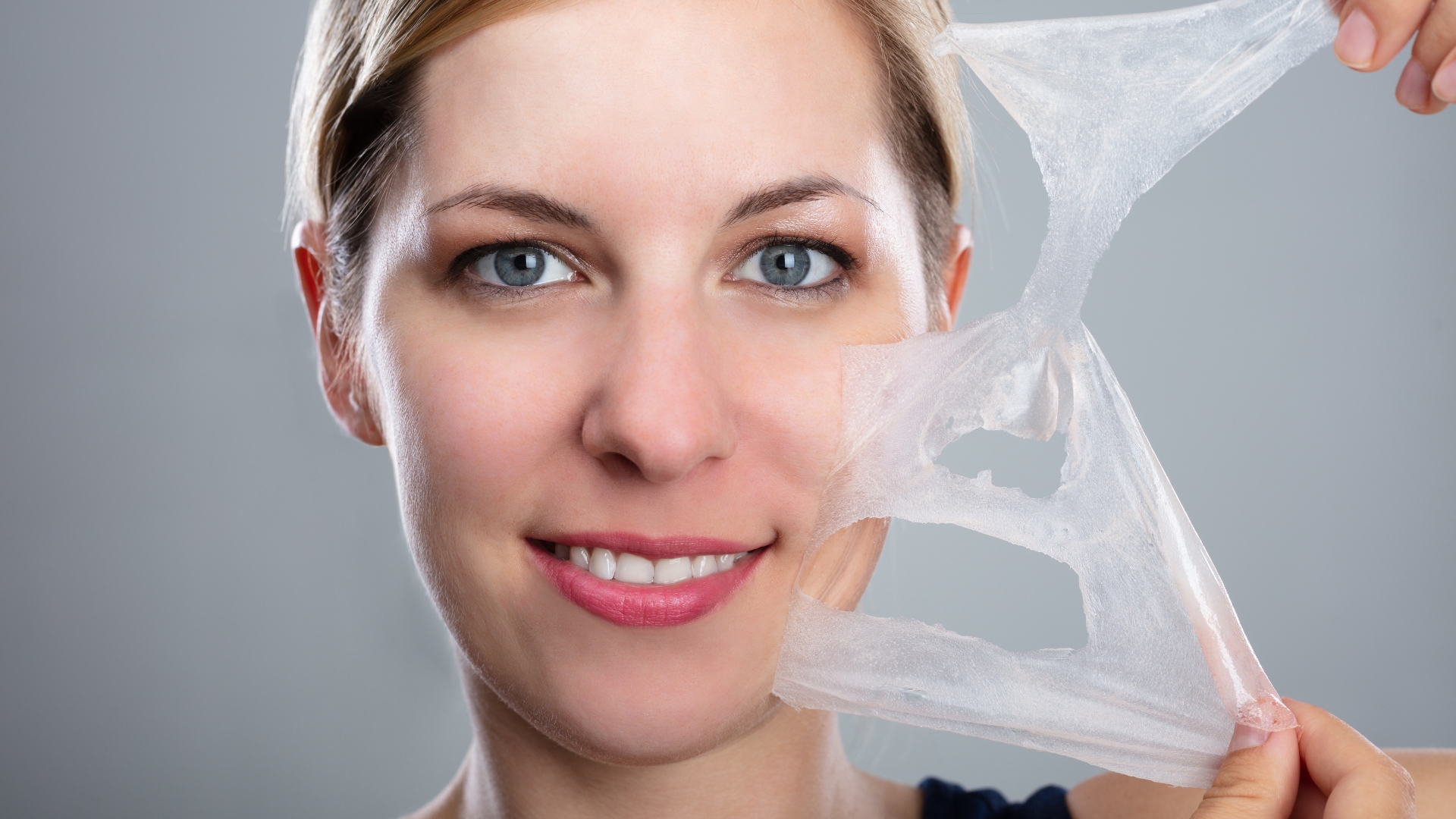
Achieving glowing, youthful skin often requires more than just a basic skincare routine. For those looking to take their skincare to the next level, chemical peels have emerged as a powerful treatment option that can dramatically transform the complexion. This time-tested procedure is gaining renewed popularity as an effective method to address a wide range of skin concerns, from fine lines to hyperpigmentation. Here’s how chemical peels are revolutionizing complexion care and why they might be the key to your skin’s renaissance.
What Are Chemical Peels?
Chemical peels are cosmetic treatments that use a chemical solution to exfoliate and remove the outer layers of the skin. By peeling away damaged skin cells, they reveal fresher, smoother skin underneath. Depending on the strength of the peel, it can target surface-level concerns or penetrate deeper layers to address more significant skin issues.
There are three main types of chemical peels:
- Superficial Peels: These are the mildest, using gentle acids like alpha hydroxy acid (AHA) to target the outermost layer of skin. They are ideal for improving minor blemishes and giving the skin a brighter, smoother appearance.
- Medium Peels: These go deeper into the middle layers of skin, often using trichloroacetic acid (TCA) to treat more severe concerns like wrinkles and discoloration.
- Deep Peels: The most intense, deep peels use powerful chemicals like phenol to deeply penetrate the skin. These are often used to address significant sun damage, deep wrinkles, and scarring.
Benefits of Chemical Peels
1. Exfoliates and Renews Skin
One of the most immediate benefits of a chemical peel is the exfoliation it provides. Dead skin cells, dirt, and oil that can clog pores and cause a dull complexion are effectively removed. As the damaged outer layers shed away, the skin’s natural renewal process is triggered, promoting the growth of new, healthier cells.
2. Reduces Fine Lines and Wrinkles
Chemical peels are a proven anti-aging treatment. By promoting collagen production and cell turnover, they help to reduce the appearance of fine lines and wrinkles. Medium and deep peels, in particular, can significantly diminish deeper wrinkles, leading to a smoother, younger-looking complexion.
3. Fades Hyperpigmentation and Sun Damage
Dark spots, melasma, and other forms of hyperpigmentation can be effectively treated with chemical peels. The exfoliation process helps to fade these imperfections by encouraging even skin tone and removing areas of hyperpigmented skin. This is particularly beneficial for those dealing with sun damage and uneven complexion.
4. Improves Acne and Scarring
For those struggling with acne-prone skin, chemical peels can provide relief by exfoliating dead skin cells that can block pores and lead to breakouts. Additionally, peels can help reduce the appearance of acne scars over time by promoting skin regeneration and evening out skin texture.
5. Enhances Skincare Product Absorption
After a chemical peel, the skin is more receptive to topical treatments. Without layers of dead skin cells to act as a barrier, skincare products like serums and moisturizers can penetrate deeper and work more effectively. This means your post-peel skincare routine can deliver even more noticeable results.
The Chemical Peel Process
Consultation
Before undergoing a chemical peel, it’s essential to consult with a licensed skincare professional. During this consultation, they will assess your skin type, concerns, and goals to recommend the appropriate type and strength of peel for your needs.
The Treatment
- Preparation: The skin is thoroughly cleansed to remove any impurities.
- Application: The chemical solution is applied to the skin and left on for a specific amount of time, depending on the type of peel. You may feel a tingling or mild burning sensation during this step.
- Neutralization and Removal: Once the peel has worked its magic, the solution is neutralized, and the skin is cleansed again.
- Post-Treatment Care: Your provider will apply a soothing balm and sunscreen to protect your skin immediately following the treatment.
Recovery and Aftercare
The recovery process varies depending on the intensity of the peel. For superficial peels, you may experience mild redness and flaking for a few days. Medium and deep peels may require longer recovery periods, with more noticeable peeling and redness. It’s crucial to follow your provider’s aftercare instructions, which may include:
- Avoiding sun exposure: Your skin will be more sensitive to UV rays after a peel, so wearing sunscreen is essential.
- Gentle skincare: Use gentle, hydrating products to soothe the skin and avoid harsh exfoliants during recovery.
Is a Chemical Peel Right for You?
Chemical peels are suitable for a wide range of skin types and concerns, making them a versatile treatment option. Whether you’re looking to address signs of aging, improve skin texture, or reduce discoloration, there’s likely a chemical peel that’s right for you. However, individuals with very sensitive skin or certain skin conditions should consult with a professional to determine if they are good candidates for the procedure.
Conclusion
Chemical peels are revolutionizing complexion care by offering a powerful, effective solution to various skin concerns. From reducing fine lines and wrinkles to fading hyperpigmentation and improving acne scars, these treatments can provide a dramatic transformation for your skin. If you’re ready to experience a skin renaissance, consult with a skincare professional to see how a chemical peel can help you achieve a radiant, youthful glow.